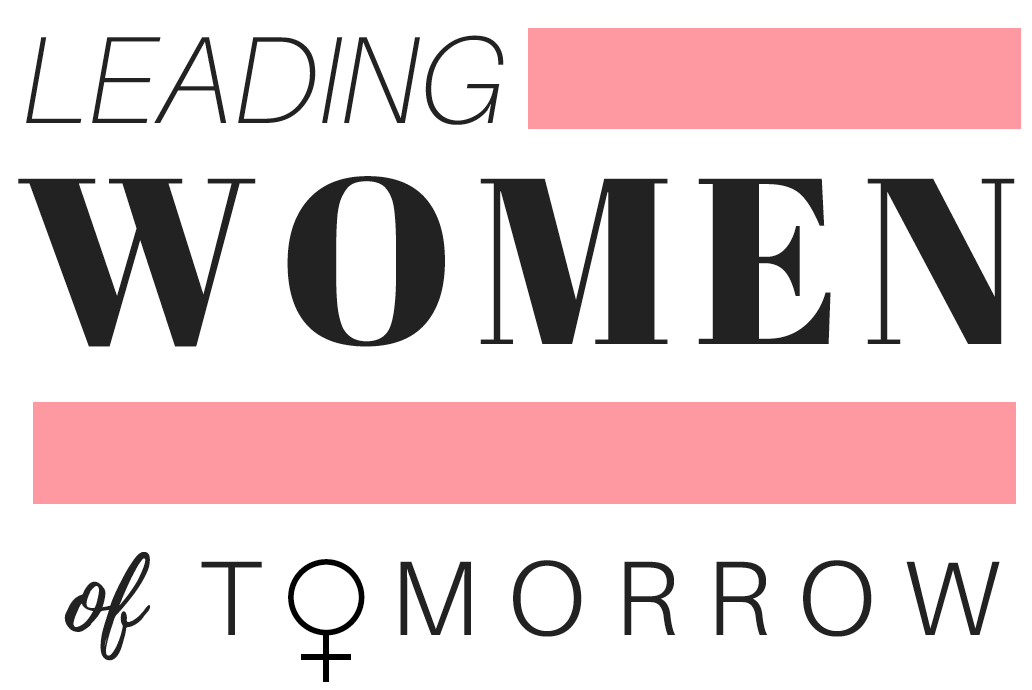How the Coronavirus Disproportionately Affects Women
Unfortunately, due to the ways in which our society continues to marginalize women, they are at a much larger disadvantage when it comes to the economic effects of the coronavirus. As normal life has been suspended, job losses follow. School closures and household isolation are moving the work of caring for children from the paid economy to the unpaid economy. According to PayScale’s 2020 State of the Gender Pay Gap report, when it comes to finances, women will take the largest hit from the coronavirus pandemic.
Women make up the majority of health and social care workers, and are on the front lines of the fight against COVID-19. Around February 24th, 3,387 health workers in China were infected with COVID-19, and more than 90% of them in Hubei. According to the Shanghai Women’s Federation, more than half of the doctors and 90% of the nurses in Hubei are women. Generally, women make up the majority of workers in the health and social care sector - 70% in 104 countries analyzed by the World Health Organization. Sadly, they also earn less than 11% than men in the same field, according to the WHO.
World Health Organization
School closures have largely affected women, as they still carry much of the responsibility for childcare. According to the United Nations Educational, Scientific and Cultural Organization (UNESCO), about 300 million students globally are currently missing class due to COVID-19 school closures. Mass shutdowns of childcare centers and schools have left many working parents with little choice but to take time off, or try to work from home while caring for their children. Households that are comprised of those who are working in service jobs that cannot be done from home, who are poor, or those without paid sick and medical leave are extremely vulnerable. UNESCO also states that school closures have placed a strain on health systems because many medical professionals are struggling to find childcare.
Health systems around the world are being stretched thin, and many people with COVID-19 will need to be cared for at home. This adds to women’s overall burden and places them at greater risk of becoming infected. The International Labour Organization (ILO) states, “Globally, women perform 76.2% of total hours of unpaid care work, more than three-times as much as men. In Asia and the Pacific, that figure rises to 80%.”
Emily Martin, Vice President of Education and Workplace Justice at the National Women’s Law Center stated, “Women are over-represented in the low-paid service economy jobs that are really getting slammed right now with layoffs.” She explains that women are less able to weather a job loss without real harm because they are typically paid less than men in the same occupation. A contributing factor to the gender wage gap is taking time away from work. Women now earn 81 cents for every $1 earned by a man, according to PayScale. PayScale’s 2020 State of the Gender Pay Gap report looks at the controlled pay gap and highlights that the disparity in pay for men and women doing the same work is women earned 98 cents to the men’s dollar. So, that equates to women earning $80,000 less for doing the same work as men over a 40-year career. However, some female workers most at risk during this pandemic are school teachers, doctors, and nurses. For them, the wage gap is larger, with female elementary school teachers making 92 cents to men’s $1, women doctors making 94 cents, and female registered nurses making 98 cents.
According to the British House of Commons “Women and the economy briefing paper,” 40 percent of employed women work part-time, compared with only 13 percent of men. In addition, in heterosexual relationships, women are more likely to be the lower earners, so their jobs are considered a lower priority when disruptions begin. We don’t know how long these disruptions will last, so some women’s lifetime earnings will never recover.
The statistics speak for themselves. We see women working in critical occupations in a moment of crisis being paid unfairly. “The coronavirus pandemic has really exposed these cultural faults with our economic system,” said Sudarshan Sampath, PayScale’s director of research. This pandemic could be a great opportunity for policy makers to enact change. The gender-wage gap has slowly been narrowing, but we need to continue speaking out as to how women should be paid equitably compared to their male counterparts.

